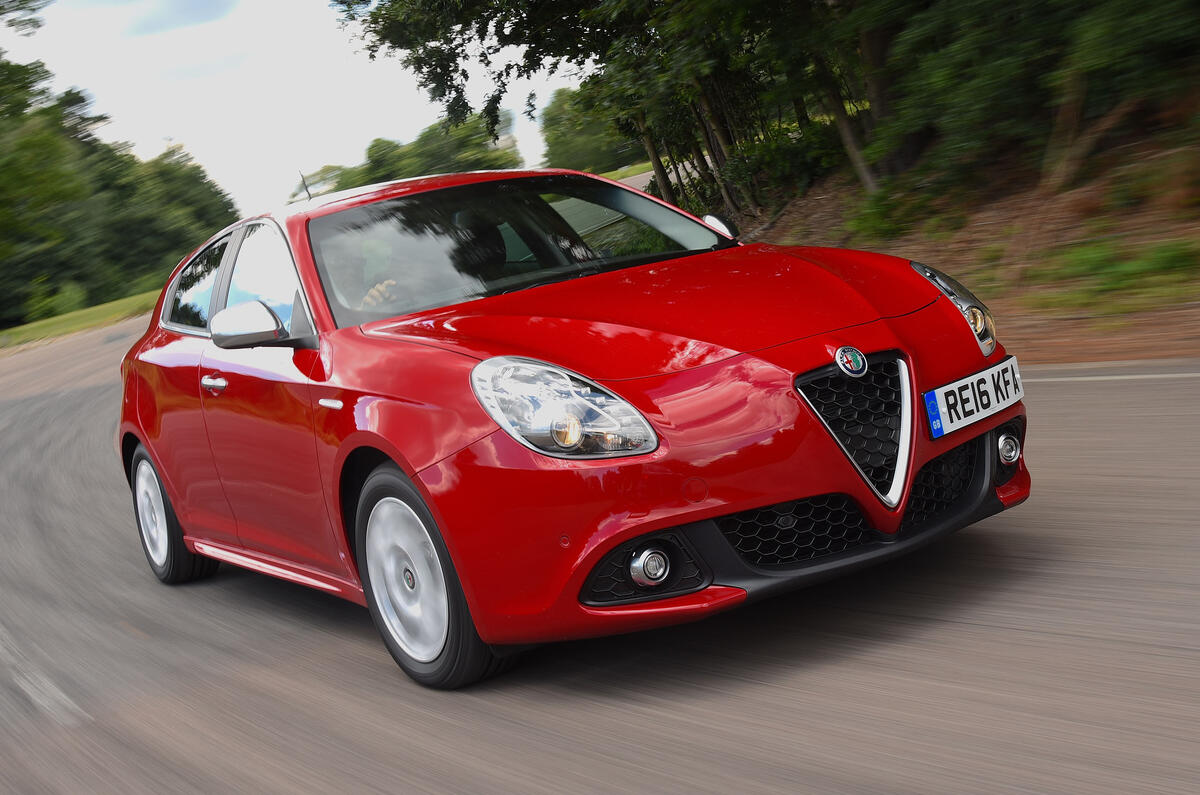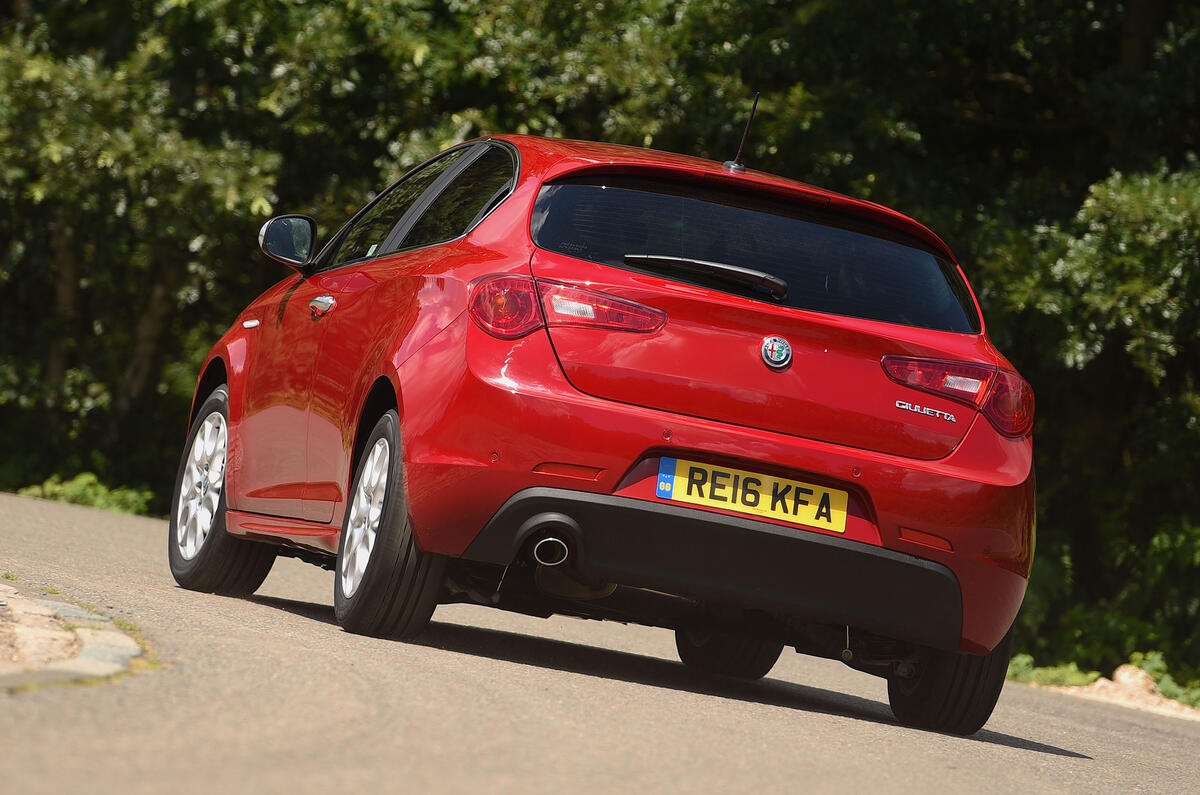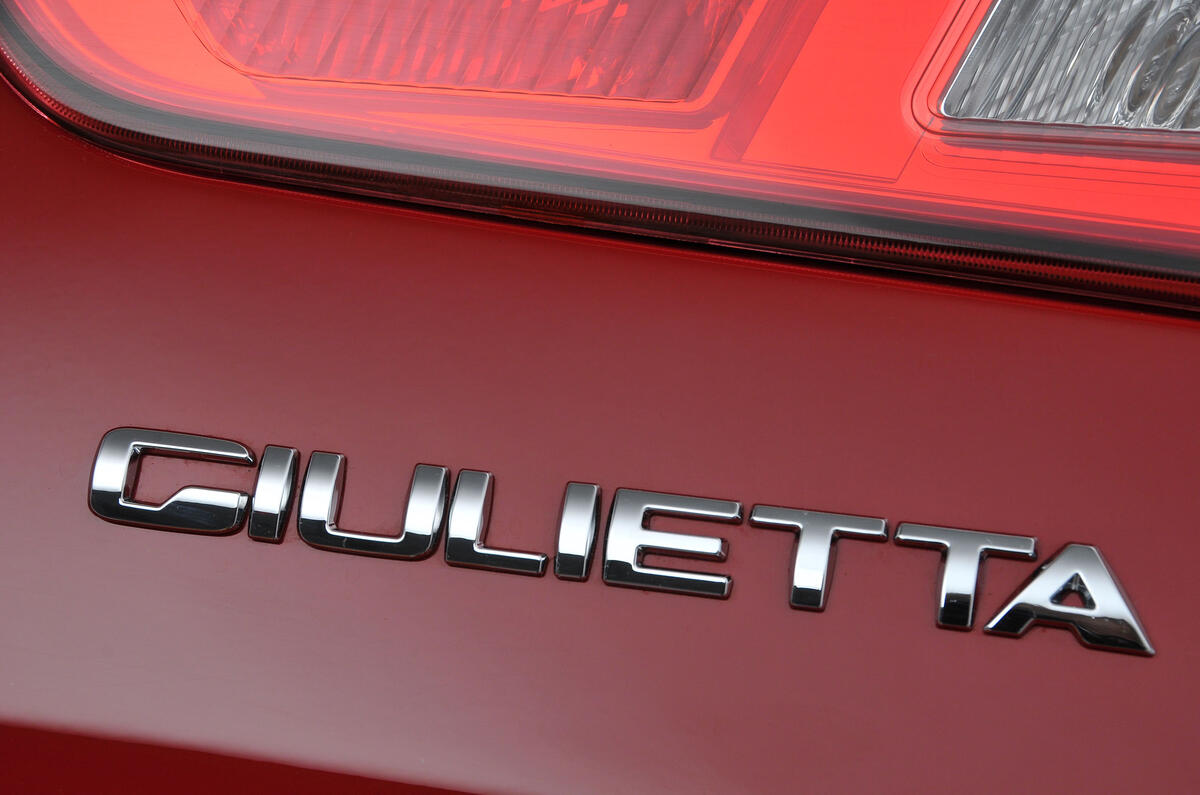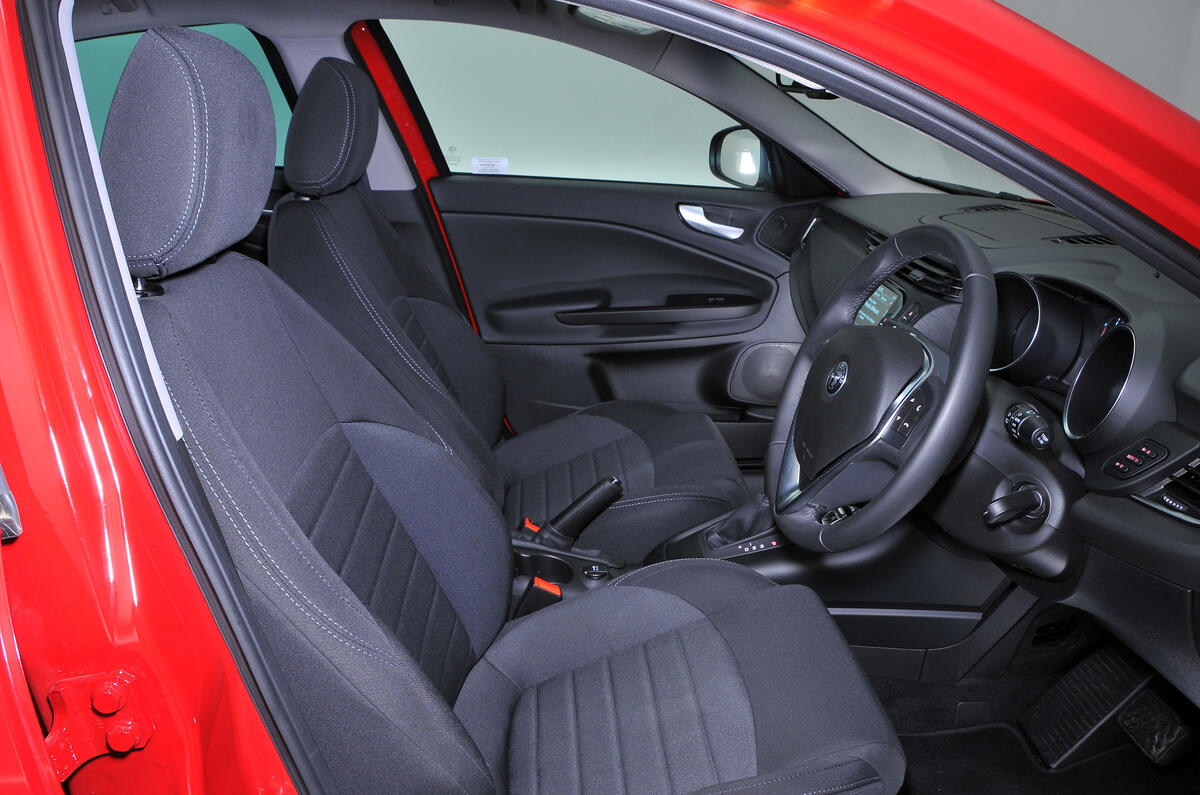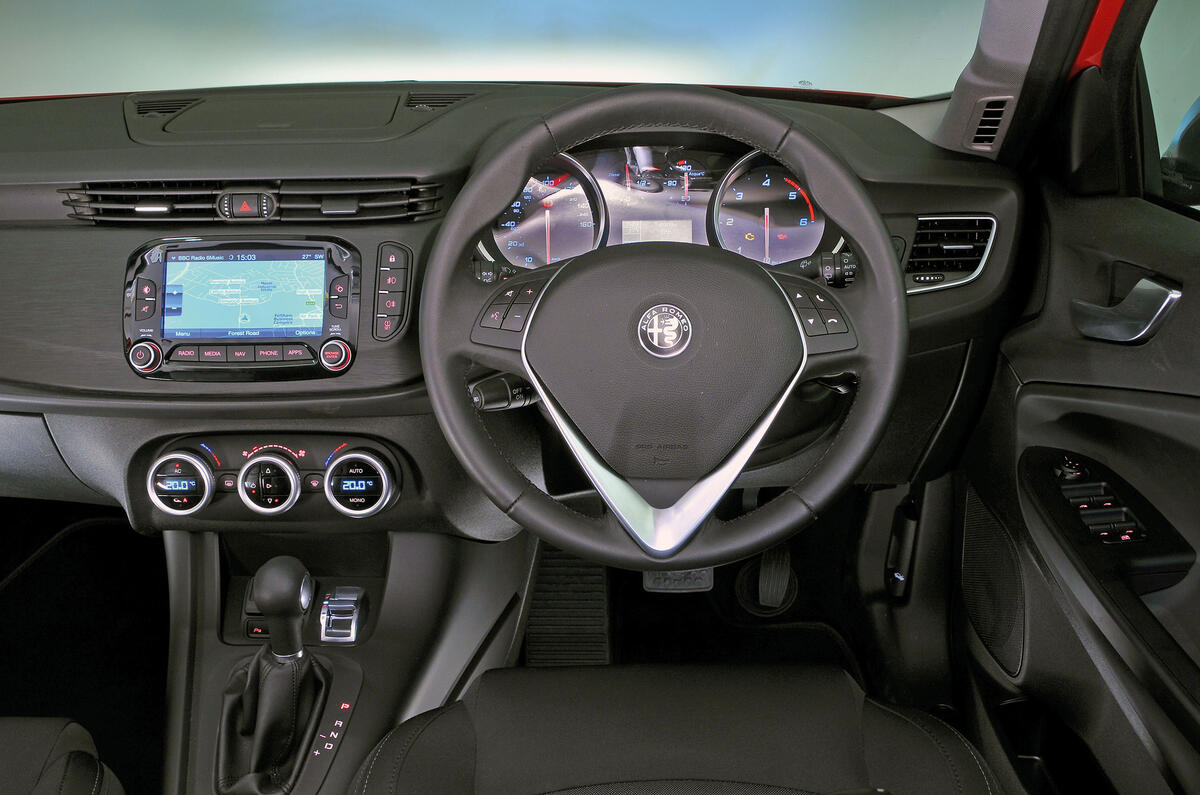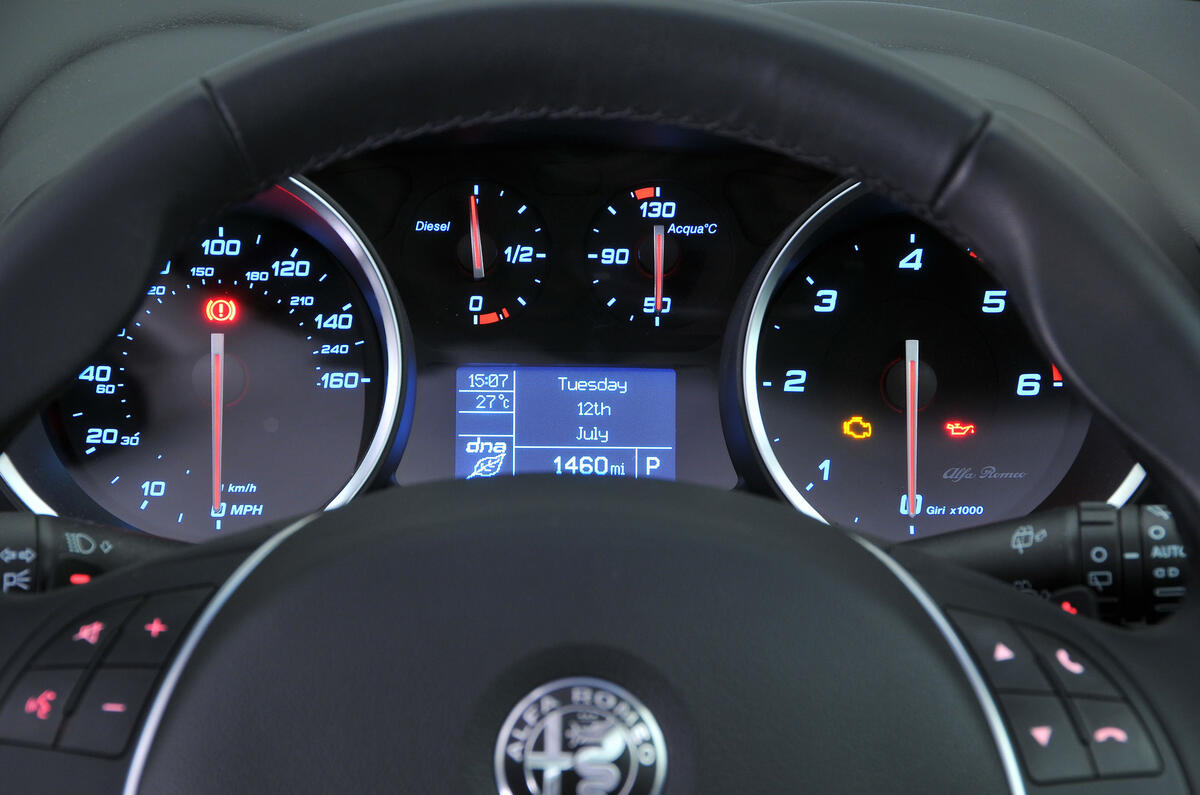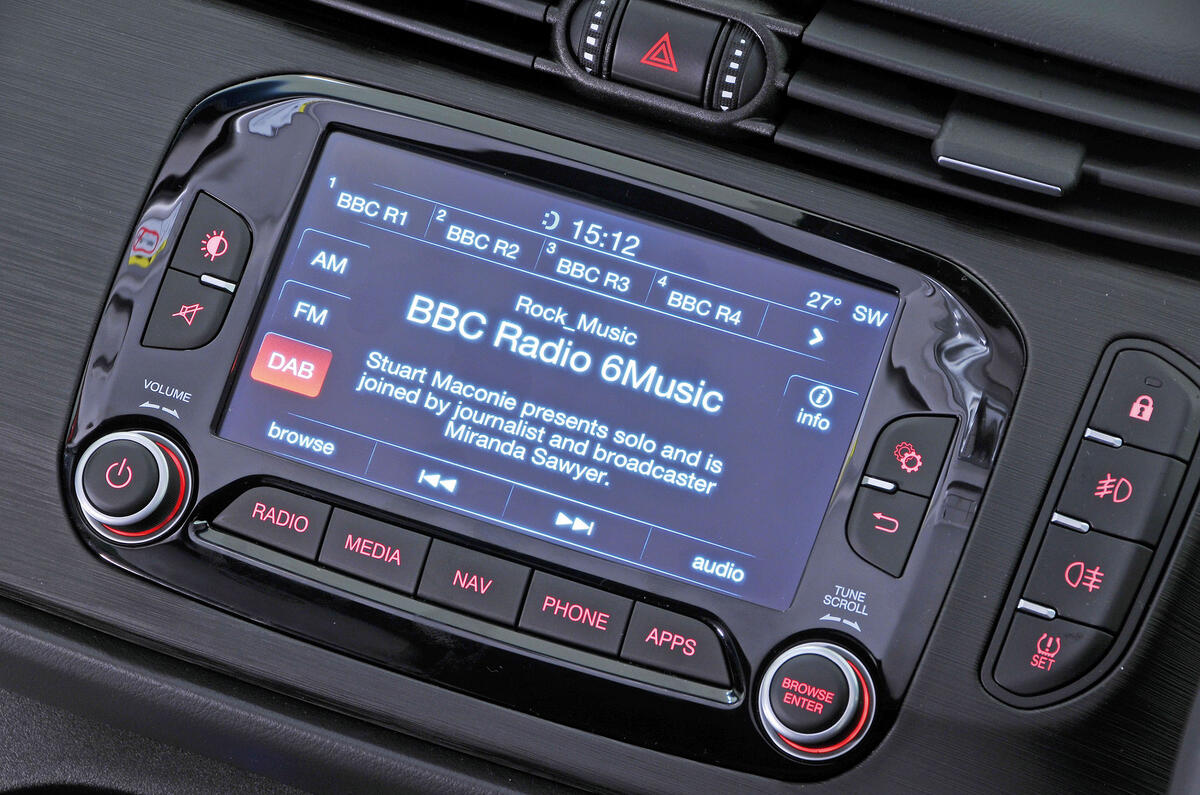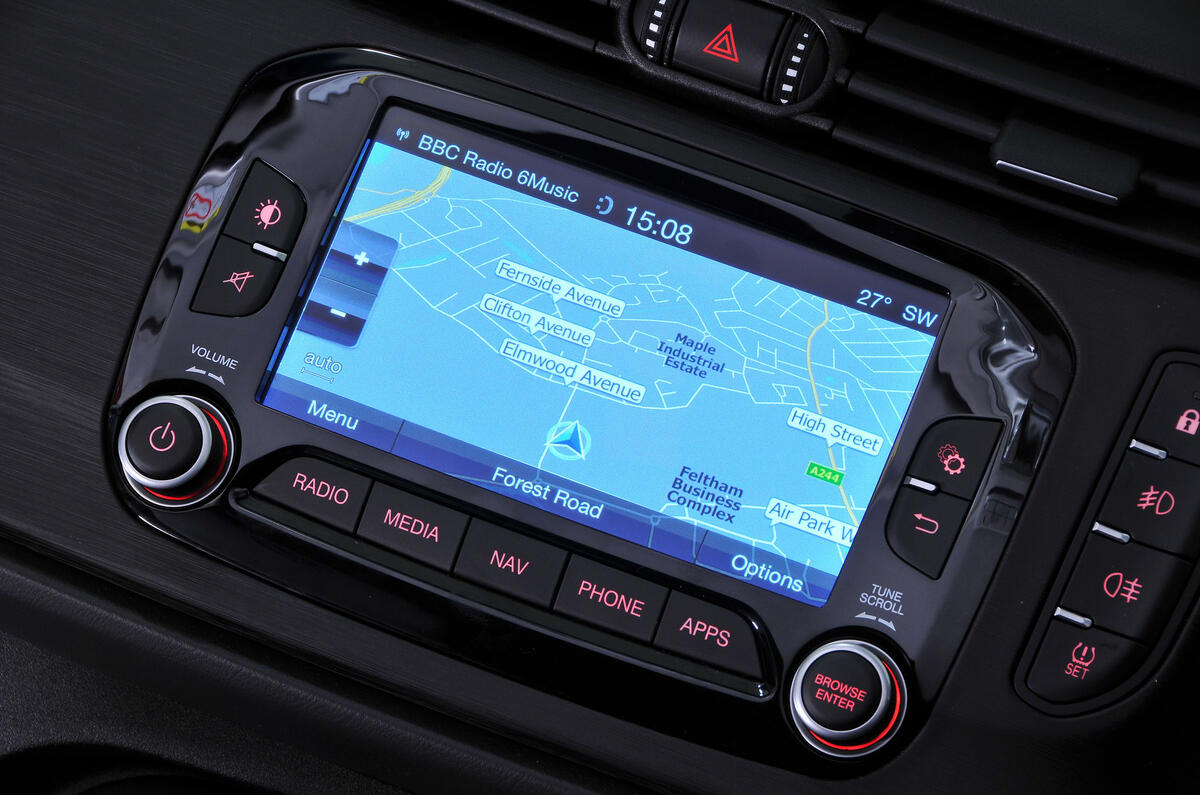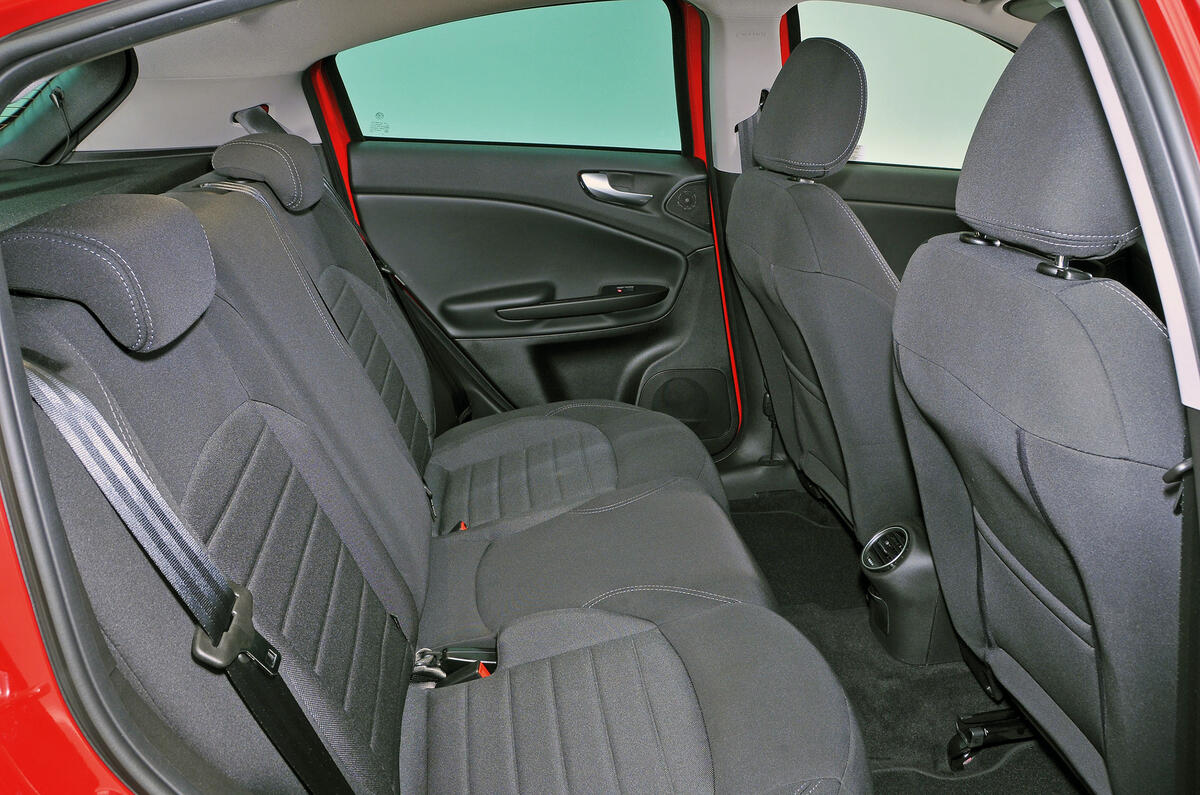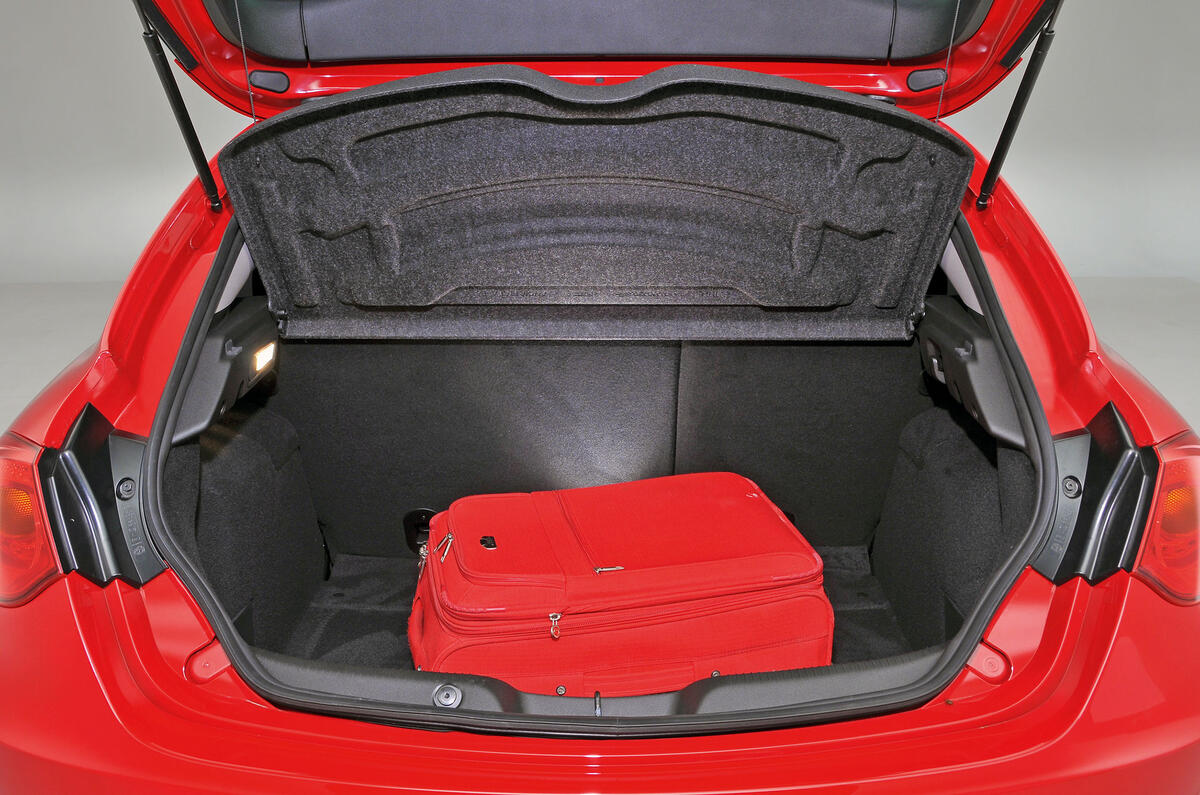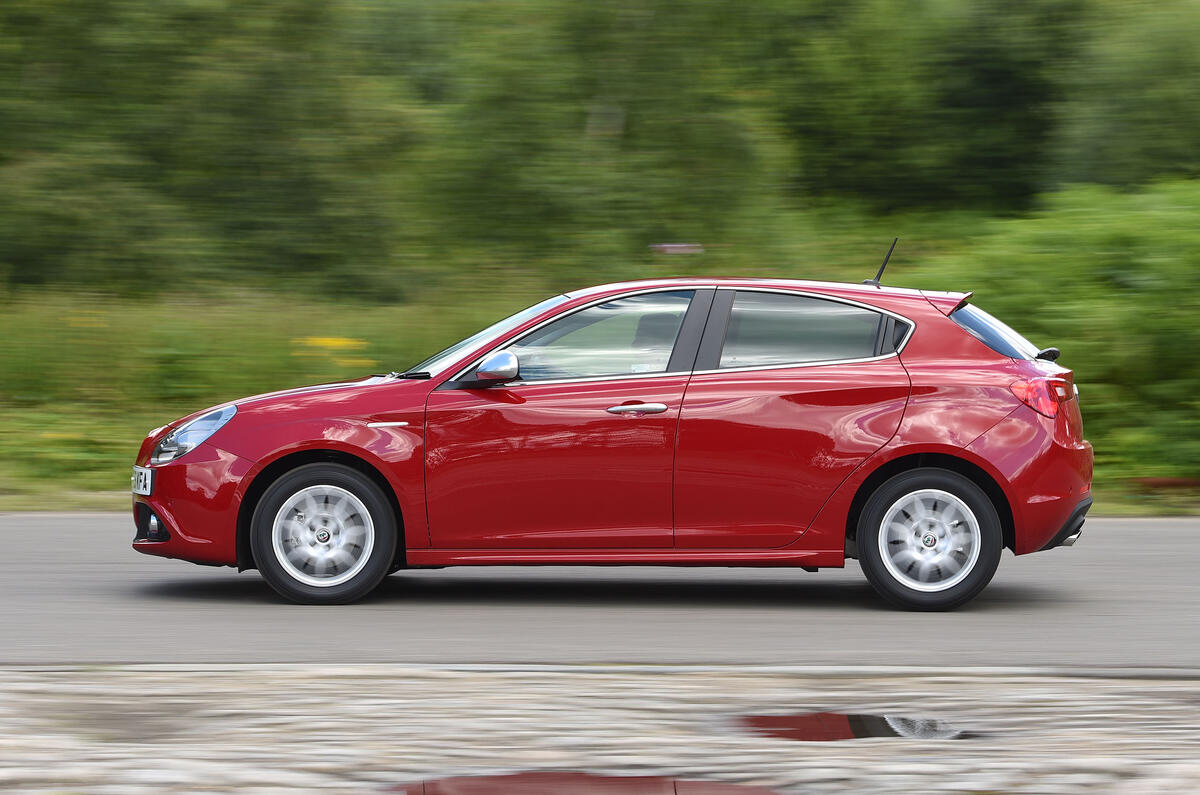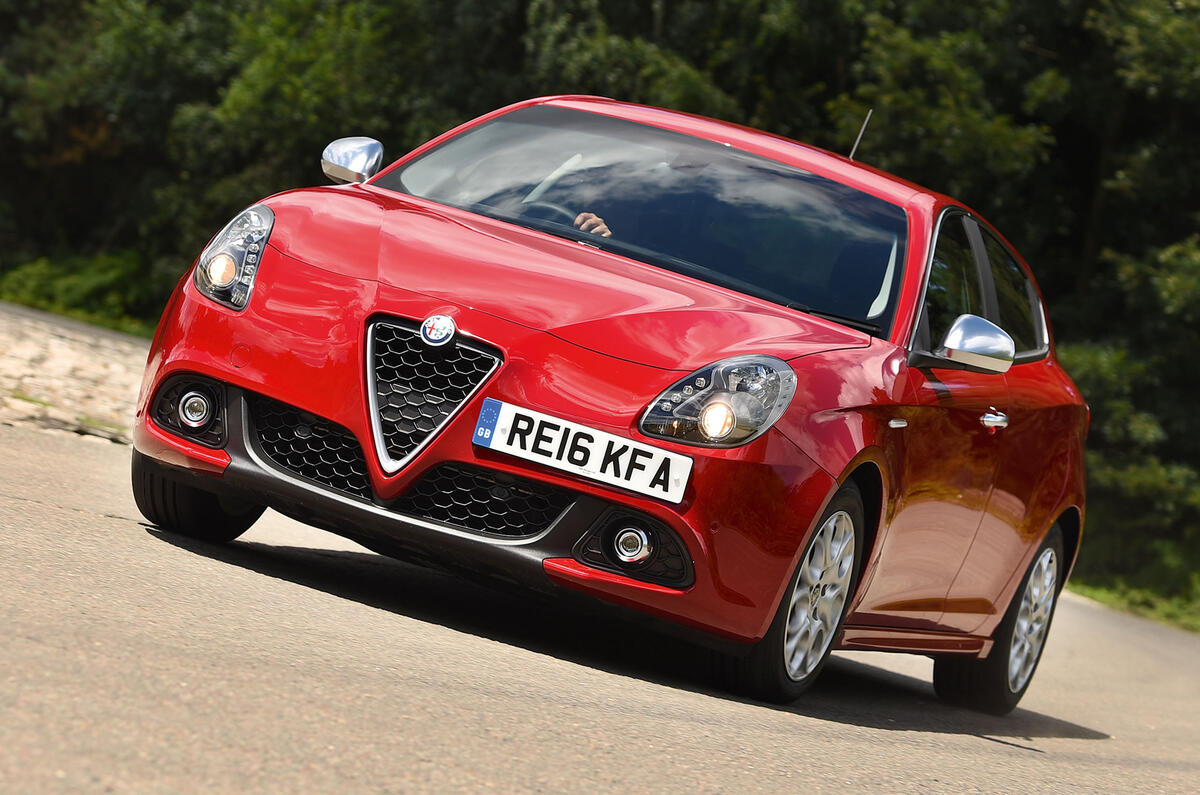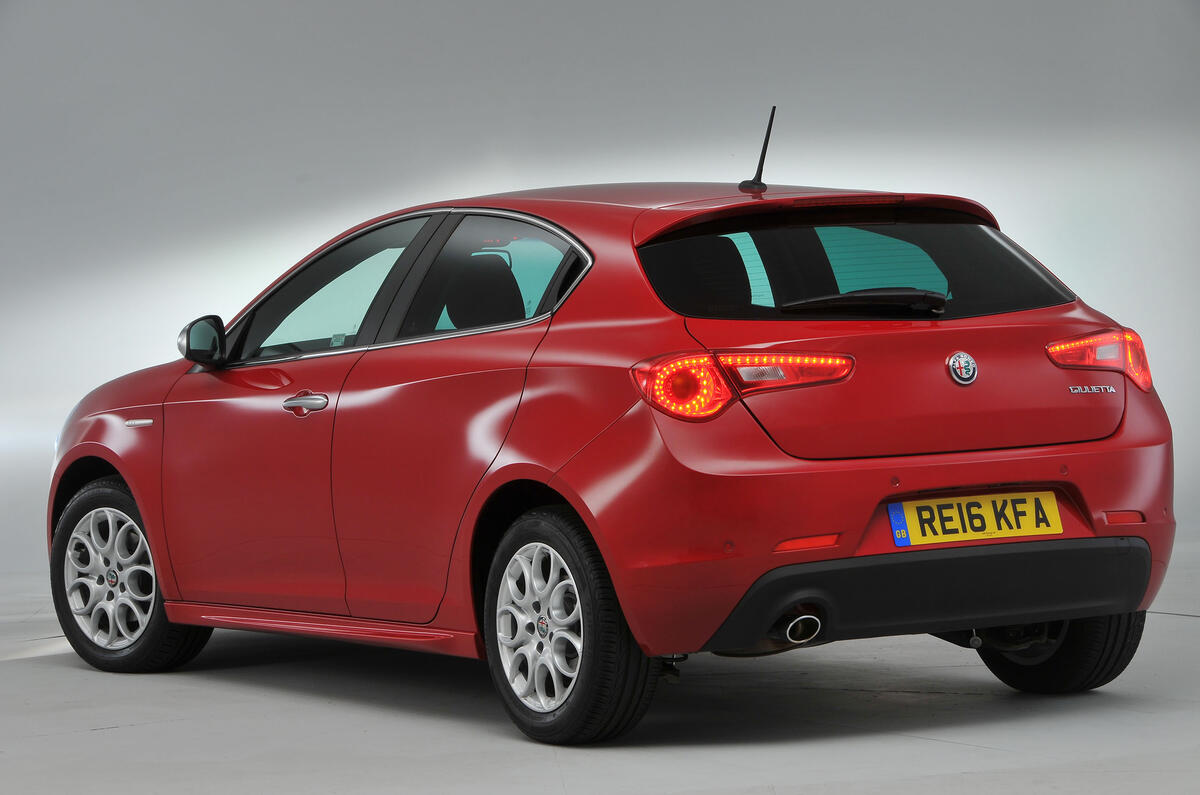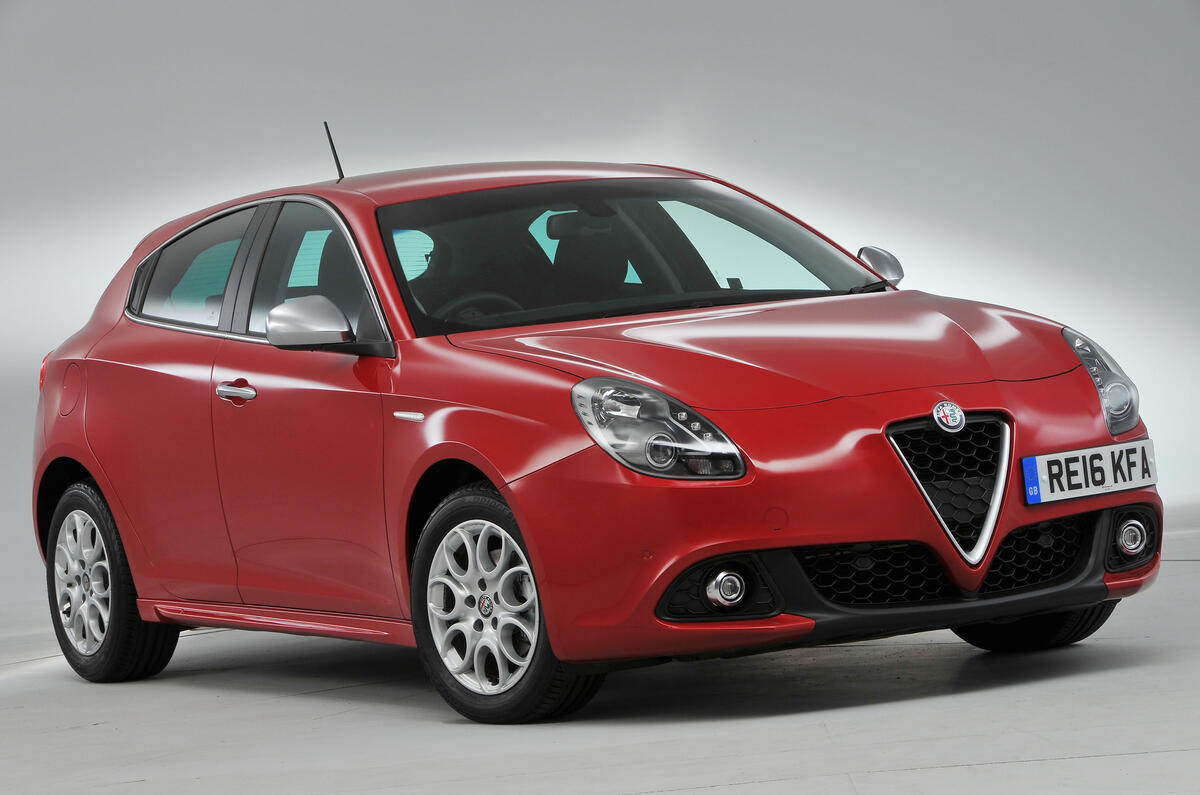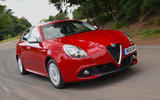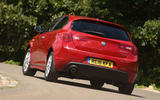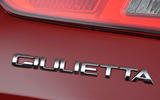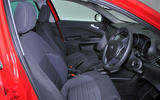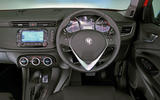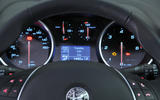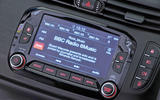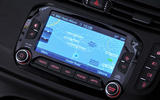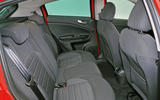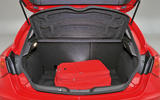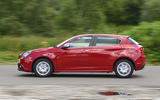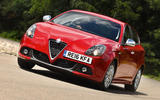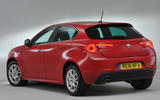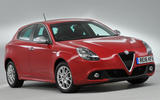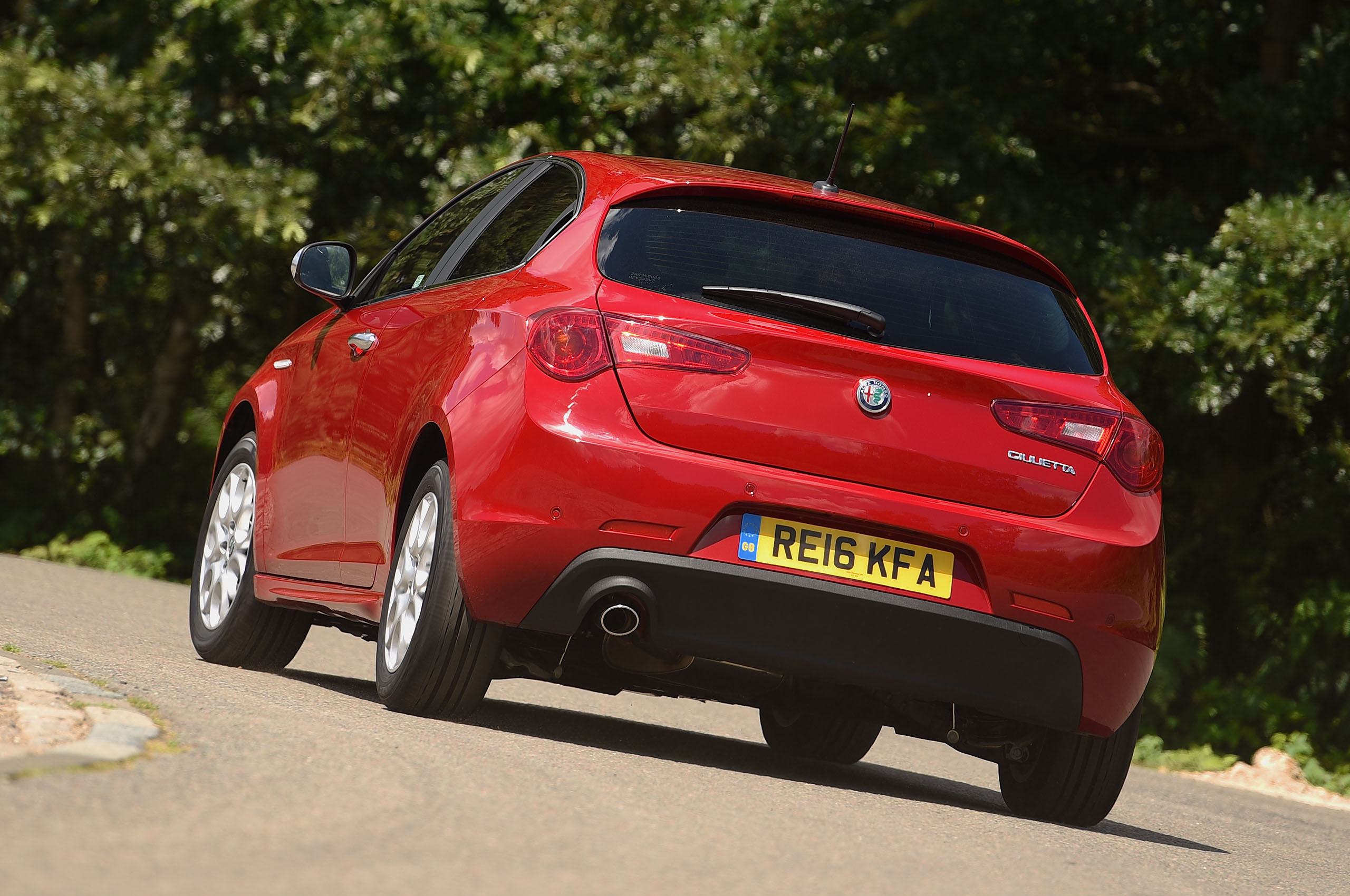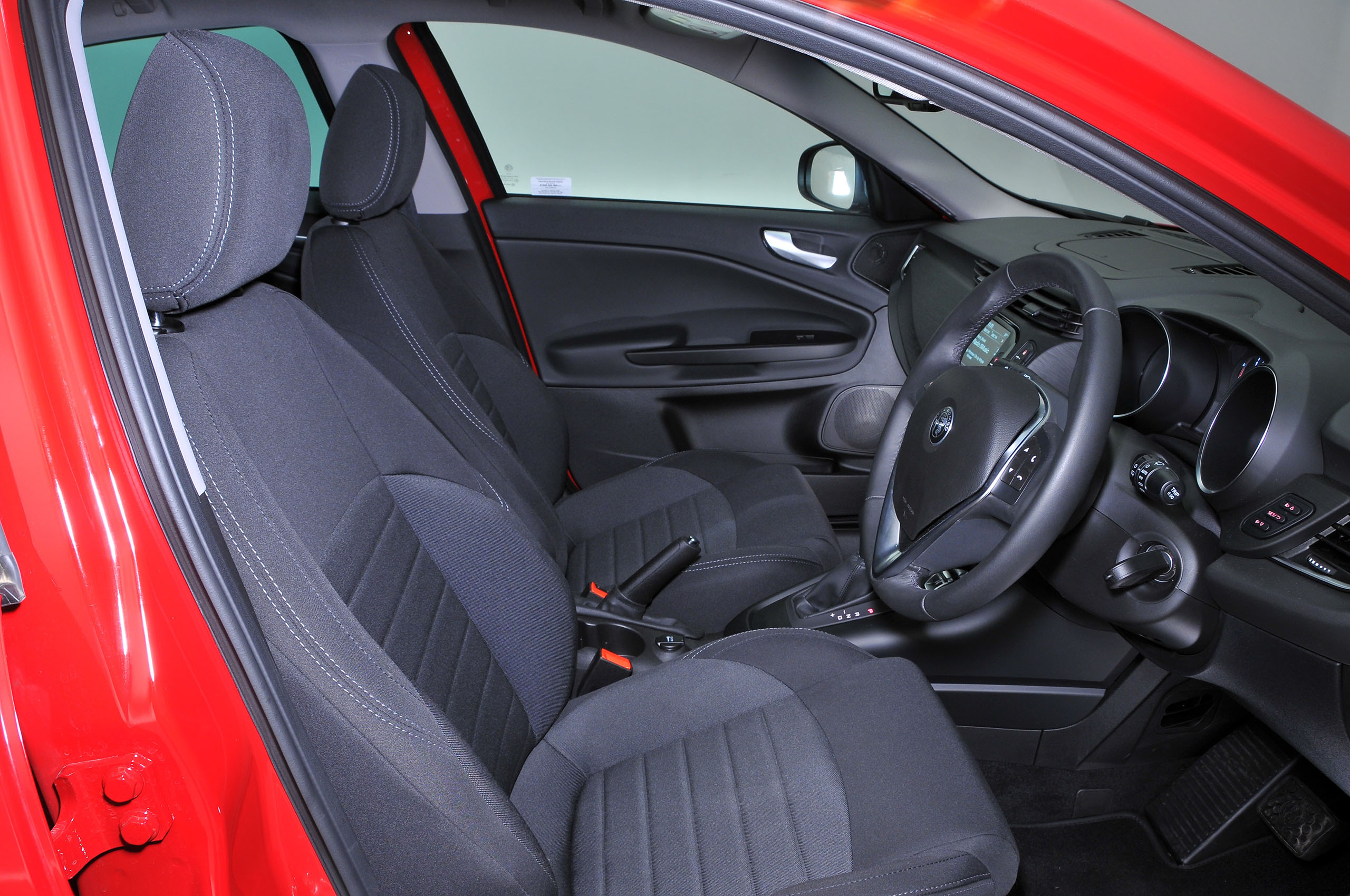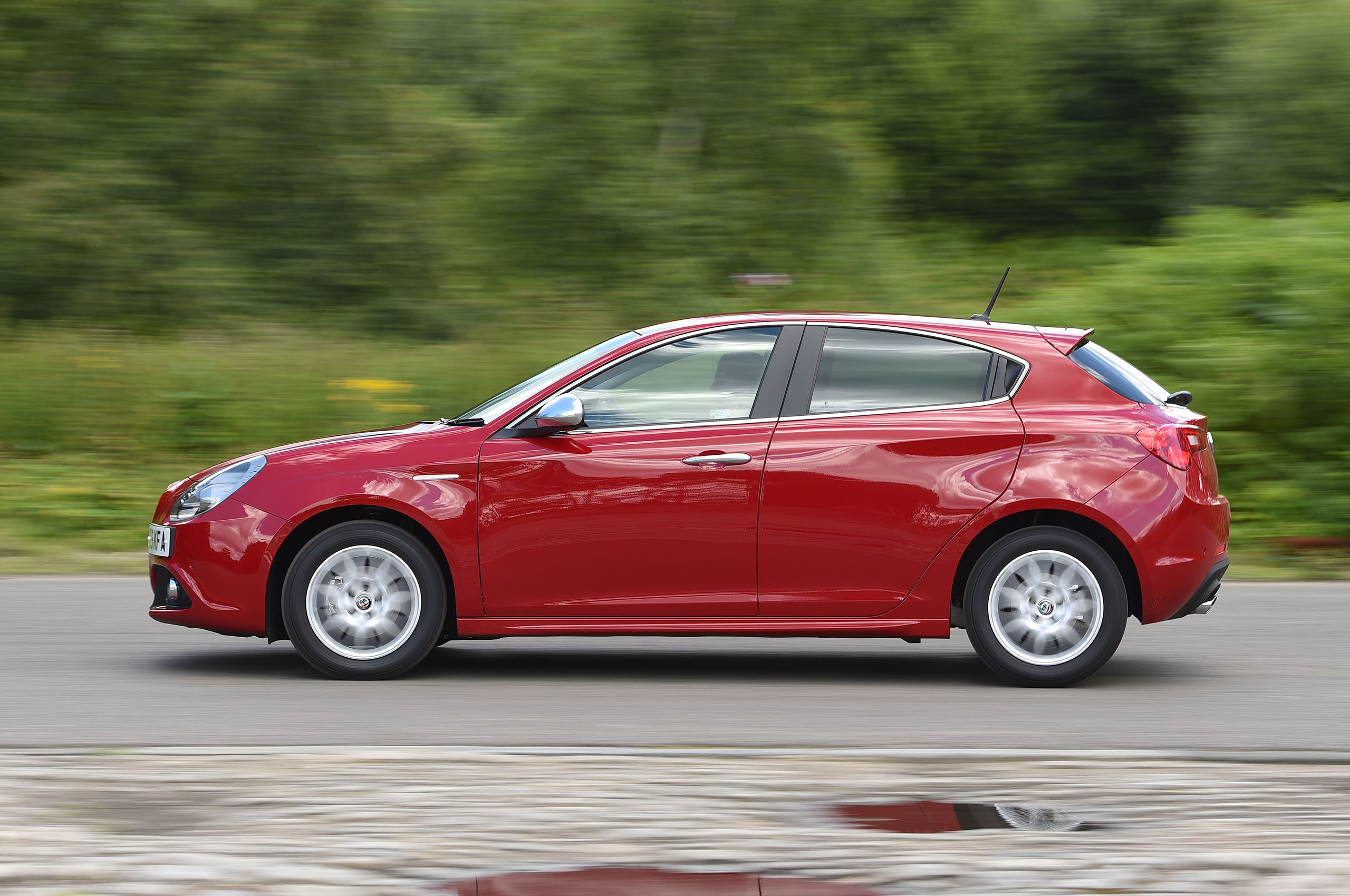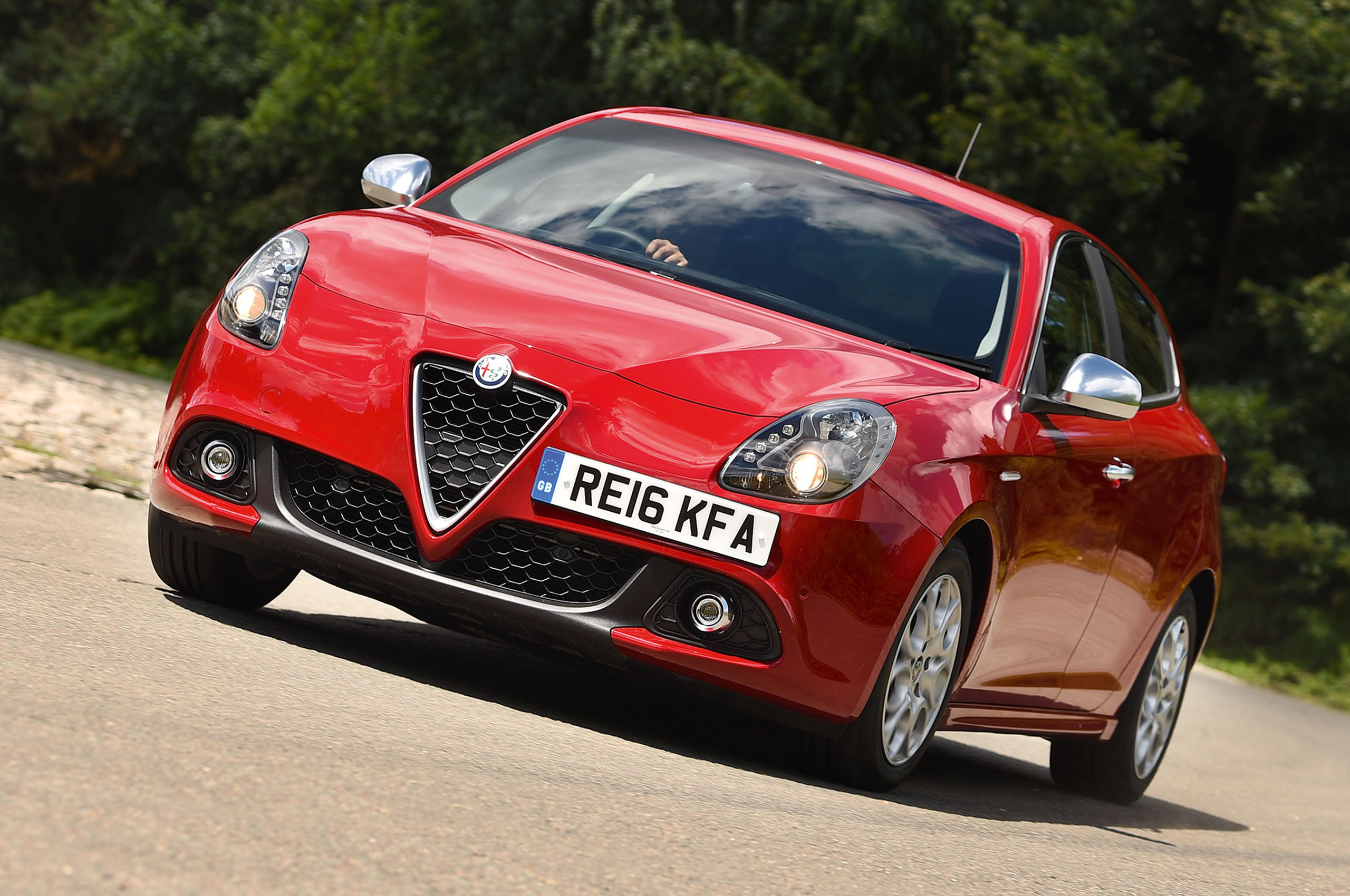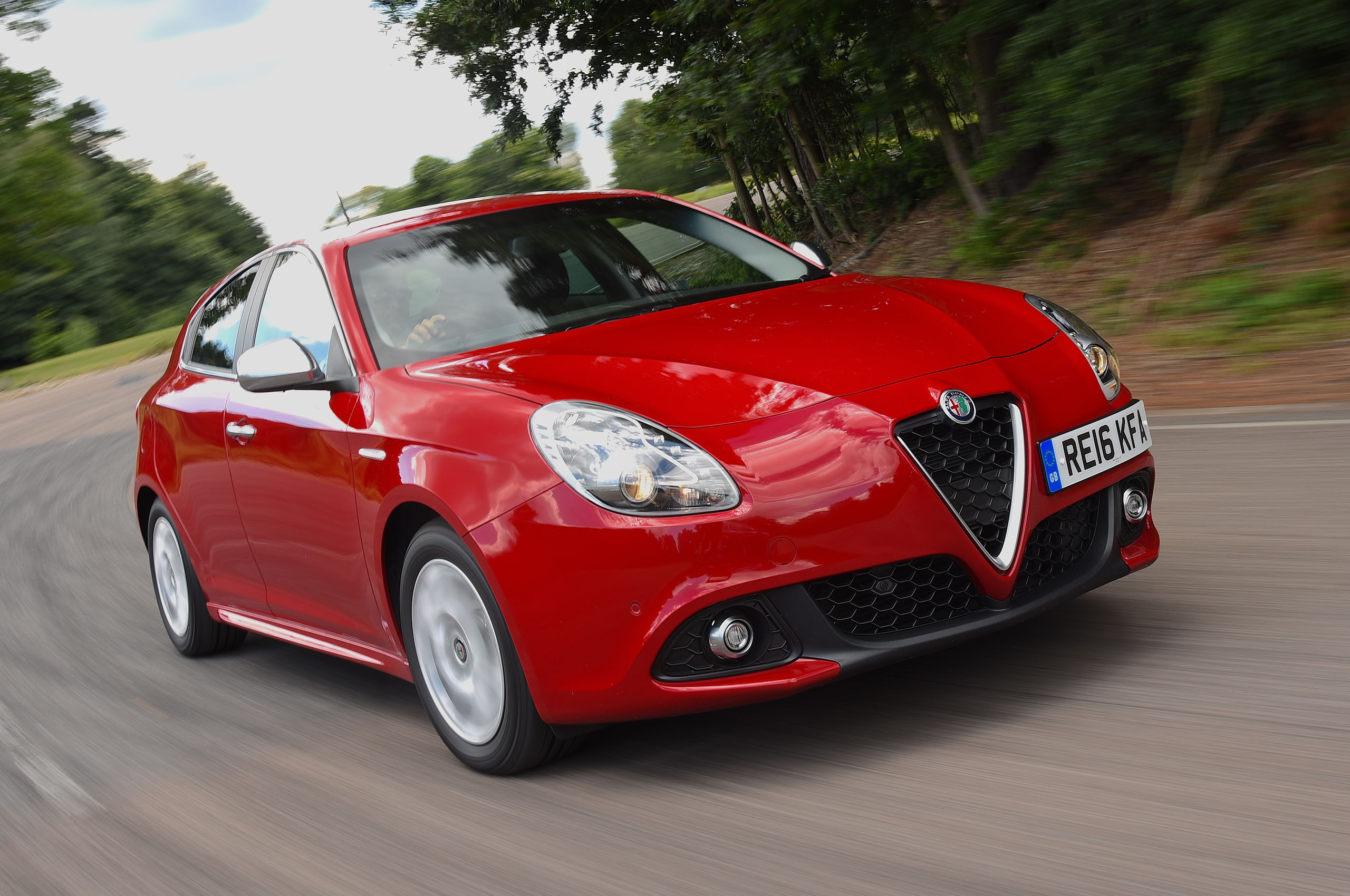The Alfa Romeo Giulietta’s lineage is strong: Alfa Romeo’s 100 years have produced some truly magnificent cars, many pre-war when it was a high-end, blue-blooded marque.
Even the post-war period, when Alfa Romeo became a mid-market premium brand, saw some triumphs too. The company turned more affordable still with the standard-setting 1971 Alfasud, the Giulietta’s lineal ancestor that would be succeeded by the 33 (the highest selling Alfa ever), the 145/146 and the 147.
The Giulietta name made its debut in 1954, on an exquisitely pretty coupé that was a precursor to the ’55 Giulietta saloon. The Giulietta is a vital model for Alfa Romeo, whose annual global sales had sunk to little more than 100,000 units before the Alfa Romeo Mito supermini’s arrival, a financially unviable number.
And the Giulietta’s so-called Compact platform is equally crucial to Fiat Auto as a whole, as it is providing the basis for mid-market Fiat, Lancia, Chrysler, Dodge cars and numerous spin-off models. So it needs to be good. The Giulietta – and most of those siblings – will compete in the biggest segment in Europe and, if it succeeds, form the bedrock of Alfa’s business.
In contrast to the 147 that it replaced, the Giulietta is available as a five-door only, with a choice of four petrol engines and three diesels. A 118bhp 1.4-litre petrol starts the range, followed by an 148bhp unit followed by the excellent 1.4-litre 168bhp MultiAir model and the 238bhp 1750 TBi Veloce, previously known as the Cloverleaf.


